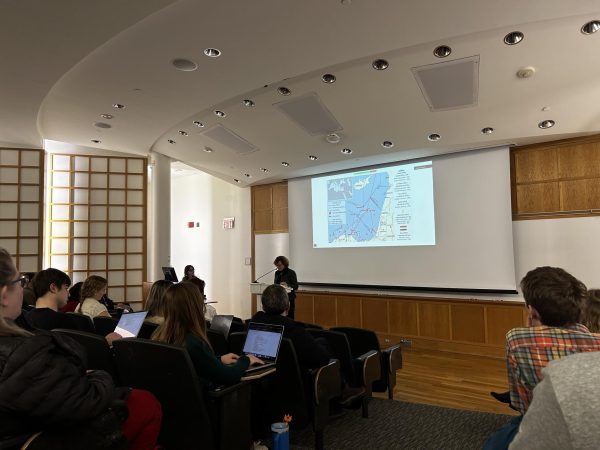Charity: The Cool Thing to Do
The cover page of the article was irresistibly delicious and symbolic in so many ways. I’m not usually one to read magazine articles related to finance, but the silver Hanoverian spoon, embossed with a five-point star, whose ladle was filled to capacity by a crumpled 100 dollar bill, seemed too sweet a morsel to pass over the opportunity. I turned the page and the white bolded words If You’re Not Giving It Away, You’re Nobody by Edward Lewine leapt out at me, then changed the way I look at philanthropy forever.
It is no secret that colleges like to see “community service” on our applications because it implies that we possess superb time management skills, a “beyond-our-years” maturity and “heightened awareness” about the world around us. In a world where the B+ is the new B, a marked emphasis is put on extracurricular activities in an effort to weed out those less apt to the increased demands of higher education. The amount of time and dedication we devote to social welfare paints the picture of a teenager who seems to really care about malaria-ridden kids in Botswana, rebuilding the tsunami-devastated South Pacific or playing banana bingo with lonely nursing home grannies. Our generation knows how to pad an application, create an air of well roundedness and present ourselves as intelligent, hard working individuals who may or may not actually care about the organizations they so feverishly support.
Robert Frank, a renowned author and reporter for the Wall Street Journal cites eight million as the number of households in the United States worth more than one million dollars. Frank also calculated that total charitable giving in the U.S. reached 295 billion dollars in 2006. Numbers alone make our country the most philanthropic nation in the world, yet, surprisingly, according to Lewine, it seems as though the effort being committed to just-causes, just gets started with the writing of a check. Our people seem to be actively participating in community service more than ever before, and with the spotlight on pop culture icons like Brad, Angelina and Bono, who donate money and time to foundations worldwide, philanthropy has evolved from a moral obligation, to an innovative, hip, highly self-rewarding way to change the world.
It is a new era for humanitarianism. Gone are the days of twice a year, slightly-begrudgingly check writing today’s big-number contributors attend conferences, consult philanthropy advisors and call themselves “social entrepreneurs”. The name change alone implies greater involvement in, and monitoring of, the progress of a cause. One result of all this is the creation of social circles, where the rich and wannabe-rich come together to chat about curing diseases and providing clean drinking water for HIV-ridden mothers in Ghana. For those aspiring to be wealthy, these open-forum discussions also serve as an arena for networking with some of the most powerful individuals in the country.
The above brings me to address the mysterious transformation that occurs between high school and self-dependent life. In the beginning of it all, we dip into community work in an effort to distinguish ourselves from a group of highly qualified college applicants, a process not unlike that undertaken by the rising middle class, hoping to breakthrough to the upper echelons. On the other hand, the supremely wealthy are engrossed in the reincarnation of popular philanthropy, addressing human suffering with the same competitive spirit they use to conquer supply and demand. Does genuine caring come with the acquisition of expendable wealth, as implied by recent trends? After having read the article, I’m made to wonder if this “new” philanthropy is really motivated by the primal sensitivity between human beings, or the networking privileges and image formation that we originally channel when completing the extracurricular portion of the Common Application.
Whether or not one actually cares about a cause will be forever unknown, but the collective impression that our country has managed to project is one much different from before. To me, the image on the front cover of the article is a simple depiction of what philanthropy in America has become. Once a careless process that was best illustrated with an anonymous person flinging one hundred dollar bills at a street peddler trying to sell the “worthy cause”, has become an occasion necessitating use of expensive silver spoons and bite-sized chunks of the American wealth. To paint this picture, America would be an overbearing, yet caring mother using a silver spoon to feed “worthy causes,” chunks from the brimming vat that is our yearly charitable endowment. The media’s take on our country’s philanthropic activity is reassuring in a day and age when the mere sight of a bald eagle is enough to inspire the rolling of eyeballs and the exasperated sigh of war-torn families. On the other hand, Lewine’s article presents a bit of irony: is this very article another image ploy by the media, or does it have its roots in truth? We may never know, but for now, philanthropy has been made out to be cool.





